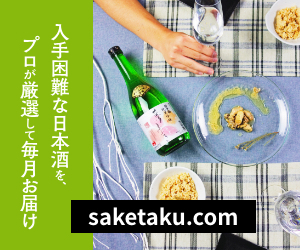- Home
- My Trip Diary
- Trip to Komoro ― to the Old Main Street 5 ―
Trip to Komoro ― to the Old Main Street 5 ―
- 2017/6/5

Thank you for seeing this blog.
this time, I would like to take up to the northern end point of old fashioned buildings along the
Hokkoku-douri which I have been walking along.
When I left “Soba-shich” and saw my right hand, there is an antique art shop.
There is such a signboard across from that.
It is an English cram school. Looking at the place the signboard is pointing
It is a built-in storehouse.
The English classroom do be built in old fashioned!
And, as I go a little north, it is also an English classroom.
Beyond that, I encountered antique shop again.
Looking at the whole view of the shop
There was such a clinic in the administrator’s local, so I thought that it was a long time ago that this was a committee.
Going further,
A building with a slightly different atmosphere.
This is “Hatago Tsuru-ya Hotel”.
Because of the hotel, the feeling is slightly different from others, but the first floor part is the exterior fitted to the surroundings.
This “Hatago Tsuru-ya Hotel” is said to be a hotel that has been operating here from 1682.
In 1682, it was about 80 years since the Tokugawa Regime started, or little time after Tsunayoshi Tokugawa was the General.
By this time, Sankin-Koutai, a regulation that rural lords shall be in Edo, Tokyo, for a year and that can be in their territory for next one year, was established, productivity improved, economic activity became active, and peddling between remote areas was taking place.
There is a commentary on the grid of the window, and reading it there seems to be a hotel where Shimazaki Fujimura stayed.
It is great that it has been for more than 300 years.
Going further north from here, there is an old Tsuruya’s building (now a gallery). Here it is.
This building seems to have been built in the Taisho Period, and Takahama Kyoshi, a famous poet, stayed there, and in each room a book written by a novelist and a calligrapher who stayed at this inn was decorated.
This is the neighborhood of Honmachi’s Hokkoku Kaidou, where the buildings of the late Edo period to the early Showa period are lined up, and the townscape is up to the vicinity of this gallery.
The road continues a little more and it turns to the right, but from the neighborhood turning to the right, it will enter the city area where contemporary buildings line up.
That place, where the road turns to the right, here,
Let’s go a bit further.
It is “Tenki-zan Kougaku-ji”, temple.
According to the HP of the temple, the Kougaku-ji was begun to be built in Chiba prefecture Sekijuku for the mother (also the mother of Ieyasu) by Yasumoto Matsudaira, the little brother of Ieyasu Tokugawa.
When Yasumoto Matsudaira was placed some times, the temple was also placed, and it was built in Komoro in 1624, after Ogaki city, Gifu Prefecture.
The gate shown in the picture was originally called “Ashigara-mon” which was the gate to protect Komono castle in it, but it was transferred to this place in the first Meiji period.
Certainly, it is a gate that looks like defense.
I felt that Hokkoku Kaidou, the town street of Komoro city, begins from this fine gate.

Restaurant Information
| Shop Name | |
|---|---|
| Prefectures | - |
| Tel | |
| Address | |
| Nearest Station | |
| Homepage | - |
| Business Hours | - |
| Holiday | |
| Introduction | |
| Sake List |
|












